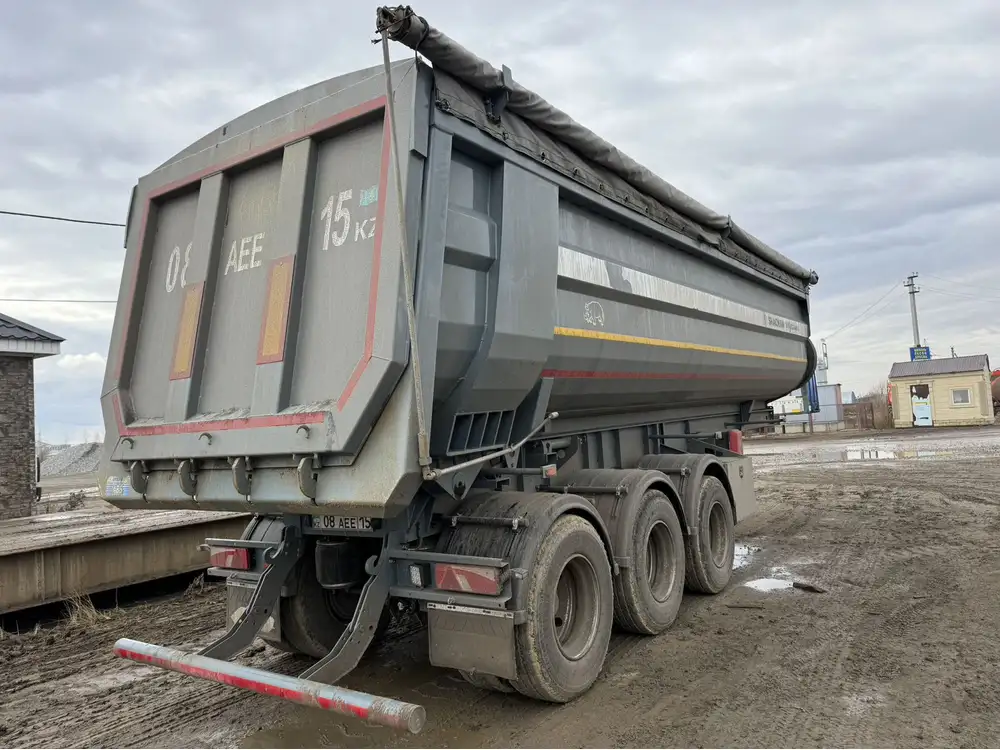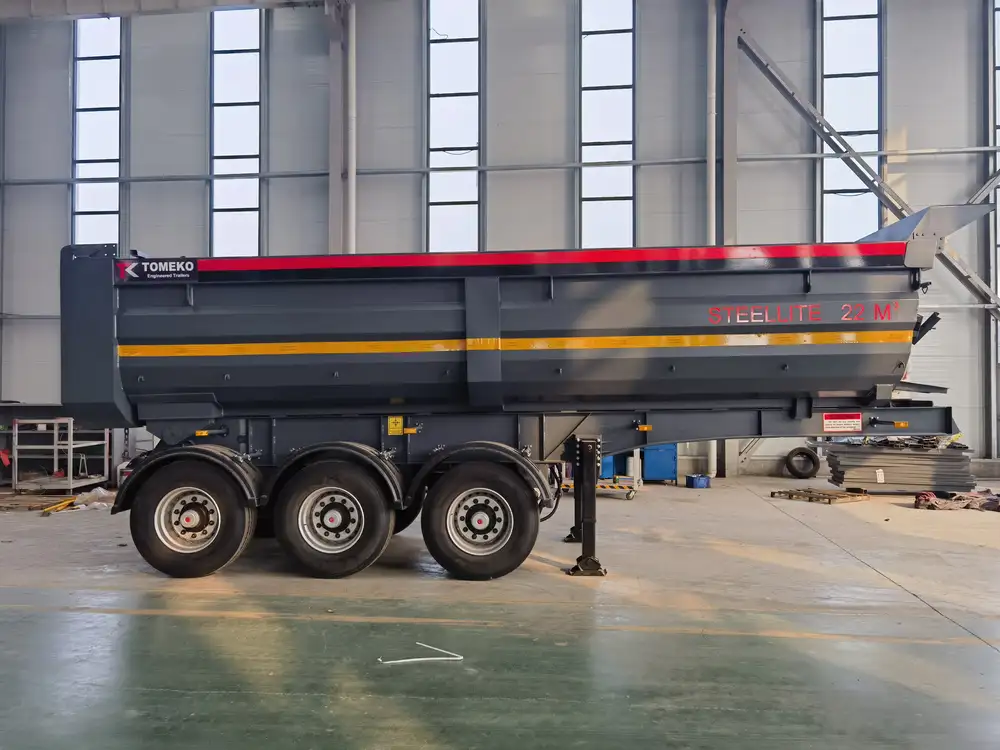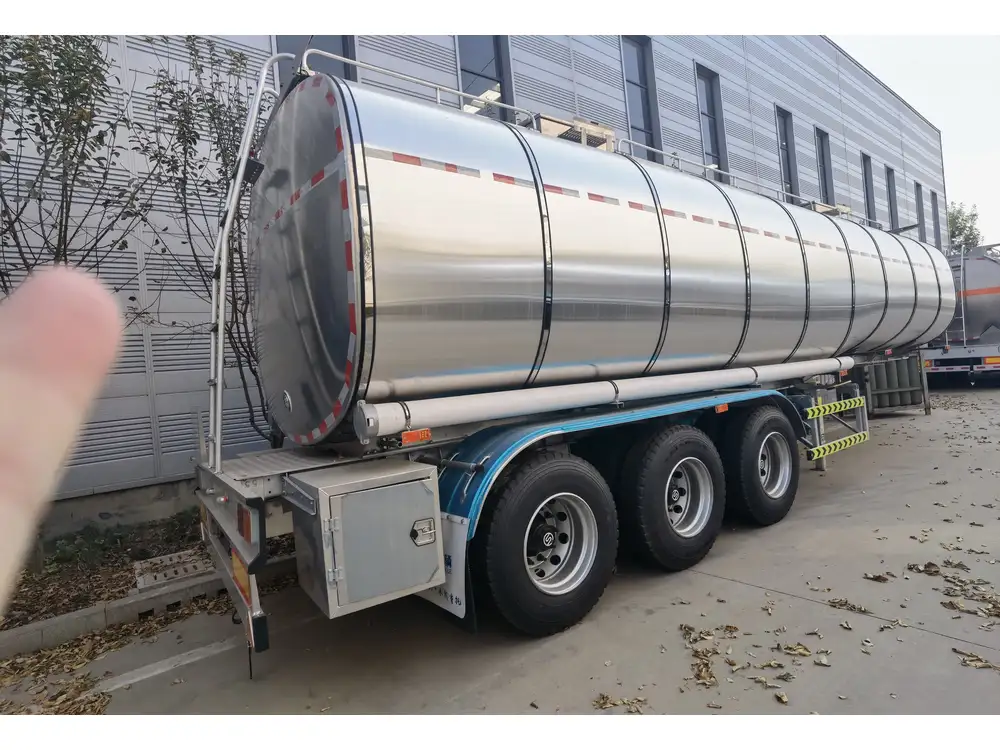Towing a 32-foot flatbed trailer is no small feat, requiring the right equipment, knowledge, and precautions to ensure safety and efficiency on the road. This exhaustive guide provides essential insights into selecting the appropriate towing vehicle, understanding proper towing techniques, and maintaining safety during the journey. By the end, you will be equipped with the comprehensive knowledge necessary to tow a flatbed trailer effectively.
Understanding Your Vehicle’s Towing Capacity
What Is Towing Capacity?
Towing capacity refers to the maximum weight a vehicle can safely pull. It is crucial to know your vehicle’s towing capacity before attempting to tow a trailer. Exceeding this limit can lead to dangerous situations, including loss of control, increased braking distance, and excessive strain on the vehicle’s components.
| Vehicle Type | Typical Towing Capacity (lbs) |
|---|---|
| Compact SUV | 1,500 – 3,500 |
| Full-Size SUV | 4,000 – 8,500 |
| Pickup Truck (Light) | 5,000 – 9,000 |
| Pickup Truck (Heavy) | 10,000 – 20,000 |

How to Determine Your Vehicle’s Towing Capacity
- Consult the Owner’s Manual: Your vehicle’s manual will typically list the maximum towing capacity.
- Check the Manufacturer’s Website: Vehicle manufacturers often provide detailed specifications online.
- Look for the VIN Tag: The Vehicle Identification Number (VIN) tag on the driver’s side door frame should provide information regarding the maximum trailer weight.
Choosing the Right Hitch and Equipment
Types of Hitches
Selecting the correct hitch is vital to safely towing a 32-foot flatbed trailer. Here are the common types of hitches:
| Hitch Type | Use Case | Weight Limit |
|---|---|---|
| Receiver Hitch | General towing for various trailers | 2,000 – 20,000 lbs |
| Fifth-Wheel Hitch | For heavy-duty trucks and large loads | 15,000 – 30,000 lbs |
| Gooseneck Hitch | Ideal for agricultural trailers | 20,000 – 30,000 lbs |

Essential Towing Accessories
- Safety Chains: Ensure these are rated for your load. They provide backup security if the hitch fails.
- Brake Controller: Required for trailers over a certain weight; it assists in safe stopping.
- Weight Distribution System: This system evenly distributes the trailer’s weight, resulting in better handling and control.
Preparing to Tow a 32-Foot Flatbed Trailer
Load Assessment

Weight Distribution and Load Balance
Before towing, assess the total weight of the trailer and cargo. Proper load distribution is vital for safety and vehicle performance.
- Creative Weight Balancing Tips:
- Place heavier items over the trailer’s axles.
- Avoid loading too heavily on one side to prevent swaying during driving.
- Always secure all items to prevent shifting.
Securing the Load
- Use Proper Tie-Downs: Ratchet straps and tie-downs should conform to the weight and size of the load. They should be rated for at least the weight of the cargo.
- Inspect Ties Regularly: Check tie-downs before and during the trip to ensure the cargo remains secure.
Towing Techniques for a Safe Journey

Starting and Stopping
- Gradual Acceleration: Abrupt acceleration can lead to loss of traction and control. Gradually increase speed to maintain stability.
- Extended Stopping Distance: Understand that towing a trailer increases stopping distance. Give yourself ample room to brake.
Turning and Maneuvering
- Wider Turns: Turn wider than you normally would to prevent the trailer from hitting curbs or barriers.
- Check Mirrors: Regularly check your side mirrors to ensure the trailer is tracking properly behind your vehicle.
Managing Speed
Adhere to speed limits, particularly when towing. Limiting speed is essential for maintaining control, especially in adverse road conditions.

Navigating Steep Grades
Ascending Hills
- Maintain Momentum: Start the uphill journey with sufficient speed but avoid overheating the engine.
- Use Lower Gears: Shift to lower gears to facilitate pulling power without straining the vehicle.
Descending Hills
- Use Engine Braking: Shift to a lower gear instead of relying solely on brakes, preventing brake overheating and increasing control.

Safety Precautions When Towing
Pre-Trip Inspection Checklist
- Tires: Inspect all tires (both vehicle and trailer) for proper inflation and tread wear.
- Lights and Signals: Ensure all trailer lights are functioning correctly, including brake lights, turn signals, and marker lights.
- Hitch Connection: Double-check the hitch connection for any signs of wear or looseness.
On the Road Adjustments
- If you experience swaying, gently steer into the sway to regain control, rather than overcorrecting.
- Avoid distractions such as mobile devices; keep your full attention on the road.

Legal and Regulatory Considerations
Registration and Tags
Ensure your flatbed trailer is properly registered and displays current tags; regulations vary by state regarding trailer lengths and weights.
Understanding Weight Limits
Many regions have specific weight limits for trailers on public roads. Consult local regulations to avoid fines and ensure safe travel.

Conclusion
Towing a 32-foot flatbed trailer is a significant responsibility; however, with the right knowledge, equipment, and techniques, it can be accomplished smoothly. From understanding your vehicle’s towing capacity to securing your load and maintaining safety on the road, each aspect contributes substantially to a successful towing experience.
For those seeking to explore deeper mechanics of trailer towing or to find quality manufacturers of semi-trailers, it’s advisable to consult resources and experts in the industry, equipping yourself with both knowledge and practice to become a proficient tower. Engage with professionals, partake in workshops, and continually educate yourself on emerging trends in towing and transport. Your journey begins not just with knowledge, but with the passion to master the art of towing.
By providing an extensive guide encompassing equipment selection, preparation, safety protocols, and tips, this comprehensive article effectively serves as a vital resource for anyone seeking in-depth knowledge on towing a 32-foot flatbed trailer, positioning it favorably to outrank competing content on the web.



